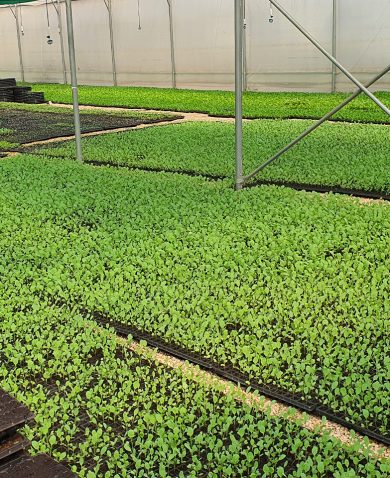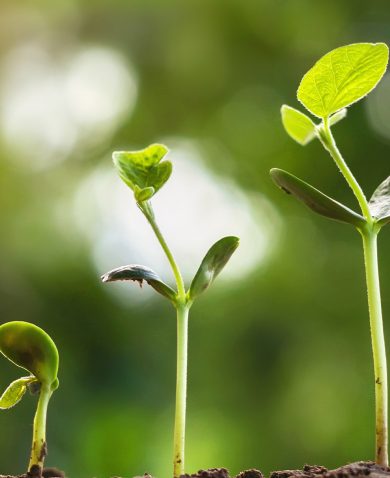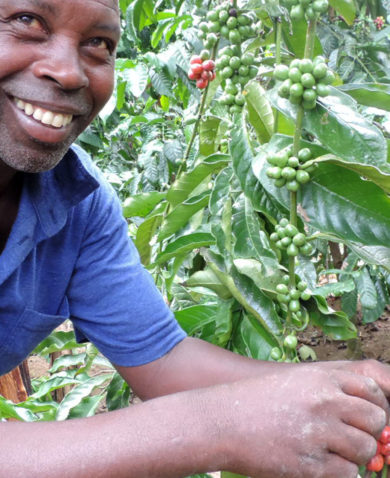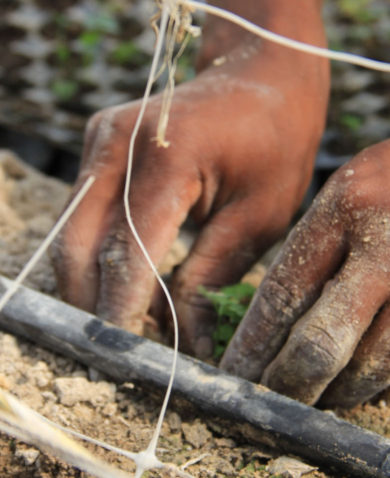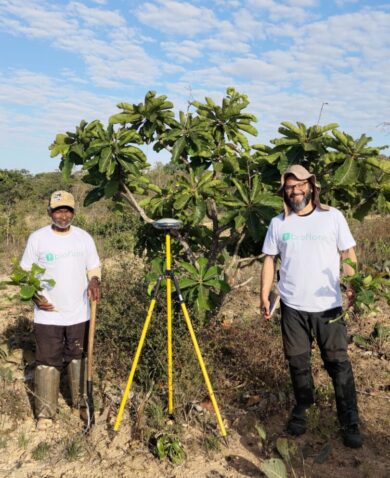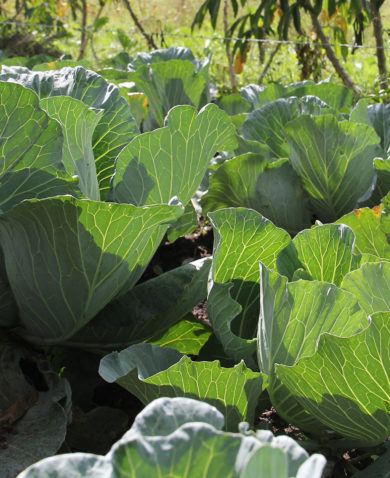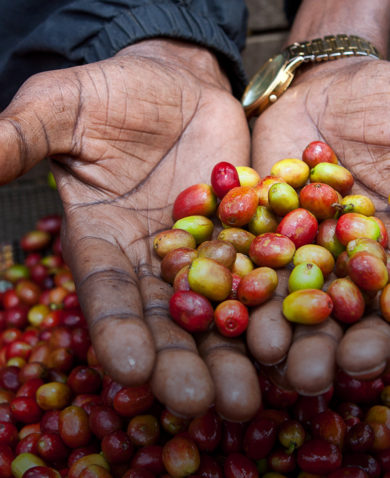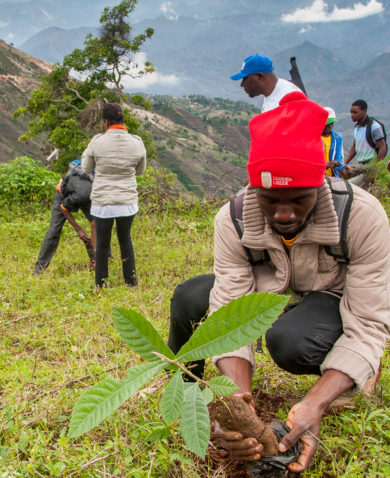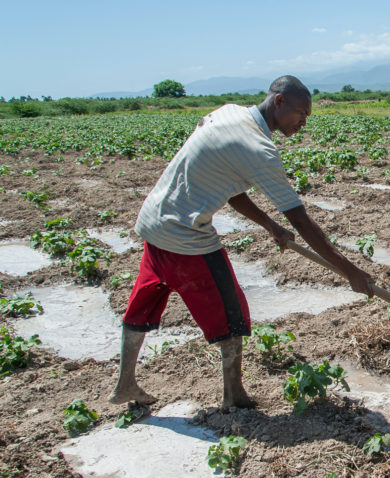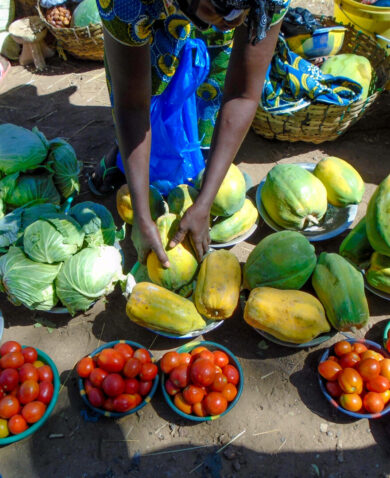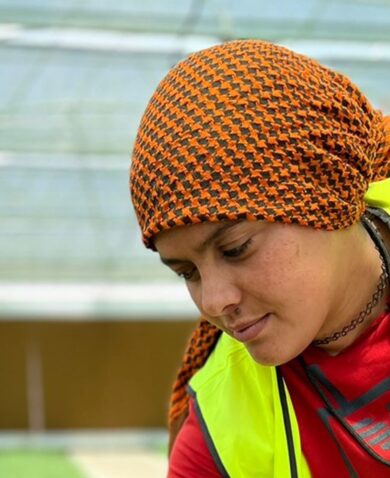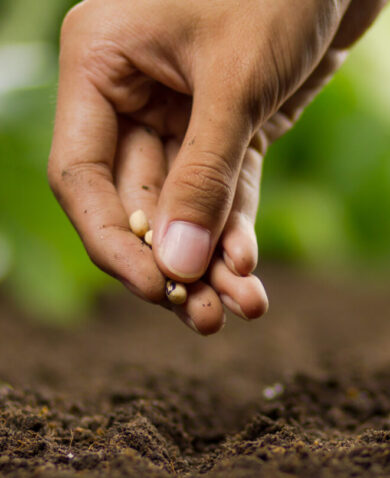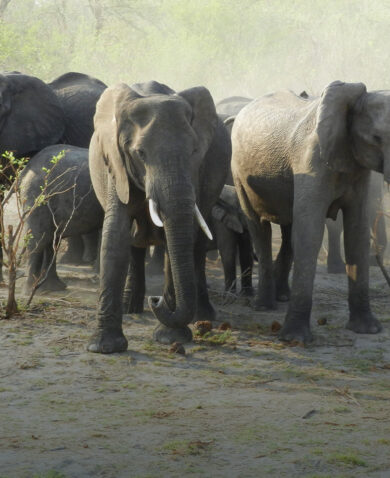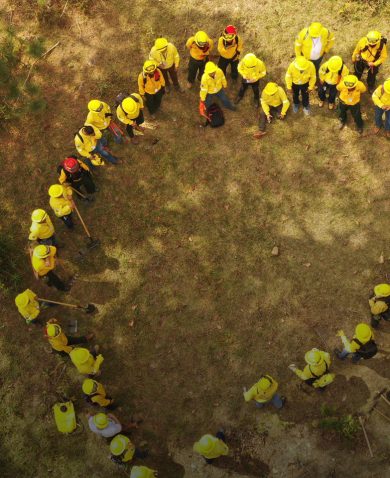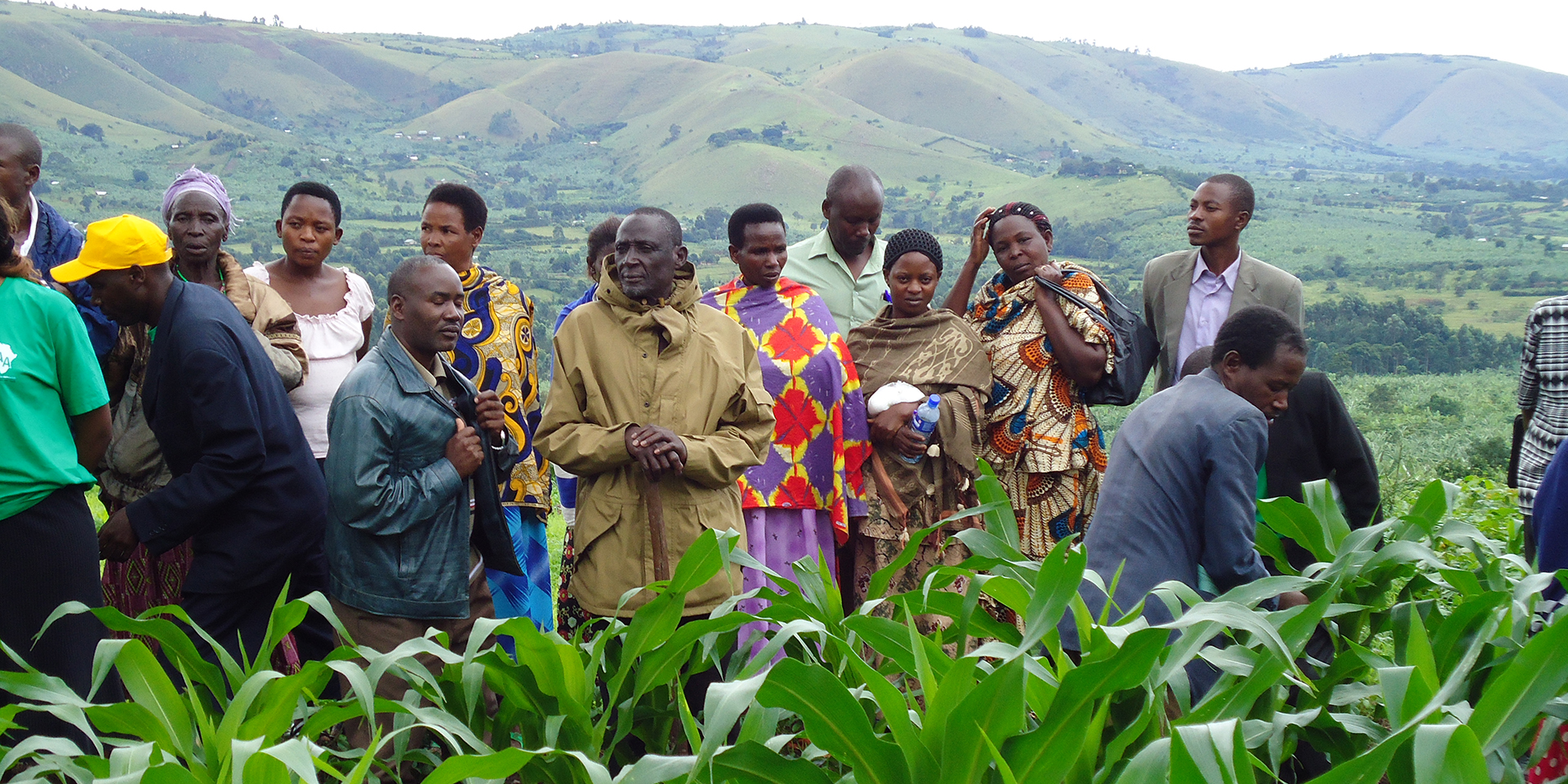
3 Questions with Patrick Rader on Climate-Smart Agriculture
December 2, 2015 | 3 Minute ReadThe Uganda Feed the Future Commodity Production and Marketing Activity is helping smallholder farmers adapt to climate change.
Patrick Rader served as chief of party of the Feed the Future Uganda Commodity Production and Marketing Activity (CPM), which harnesses market forces and uses innovative methods to increase the productivity of Ugandan families. CPM reduces poverty and under-nutrition by increasing the quantity and quality of coffee, maize, and beans that rural families are able to produce and sell.
According to the World Bank, climate change could push more than 100 million people back into poverty over the next 15 years, primarily through its impact on agriculture. How can we help farmers plan for climate shocks in the long term?
We’re doing a number of things here in Uganda that could be replicated or are already being implemented in other countries. One activity with potential, which CPM and the USAID Uganda Value Chain Project are collaborating on, is the creation of “climate change champions.” Together, we are equipping local community leaders with the knowledge and skills to mitigate climate change.
While it only began several months ago, we’re already seeing our champions in action. Alvin Otto, from Oyam District, has educated over 100 people and even planted over 500 trees. Since smart phones are a rapidly-growing way to deliver services in Uganda, he established a virtual climate change extension service on Whatsapp that already has over 100 members.
At the same time, we are helping to protect farmers by promoting crop insurance with companies like UAP and Jubilee. This is in conjunction with a strong network of village agents, which provide extension services to farmers and buy the maize, beans and coffee their families produce.
At the national level, we are working in partnership with the Feed the Future Uganda Enabling Environment for Agriculture Activity to propose actions that the government could take in the next six months to allow the insurance industry to reach small farmers with affordable crop insurance. We work as part of a small, formal team of public and private-sector representatives, established by the Permanent Secretary of the Ministry of Finance Policy and Economic Development.
The effects of climate change vary in different ecosystems. In Uganda, how is climate change impacting farmers?
In Uganda, which has two season, it has affected crop seasonality. Previously, there was enough time between seasons for a family to dry their maize. But with climate change, farmers are barely getting maize harvested and dried before the next season’s rains come.
This is reducing the quality of the maize: It’s often difficult, if not impossible, for a typical family to dry their crop well enough to fetch the best price. Also, maize that is not dried properly is a breeding ground for aflatoxin, a carcinogenic toxin that can seriously jeopardize Ugandans’ health and has even killed in other countries.
We are working with value chain actors to offer services to farmers that are climate-smart, such as mobile dryers of 1-2 ton capacity and mobile shellers. These technologies assist farmers to harvest and dry properly and quickly before the rains of the next season begin.
When it comes to climate-smart agriculture, what’s the most promising technique or technology that’s already available to help farmers adapt?
There are a number of new and existing technologies available in Uganda. In the case of mobile dryers, CPM is encouraging their use as a proven technology in the maize and bean value chains. The key is to make them affordable, so that farmers can pay for a drying technique that is largely unaffected by the weather.
For example, it takes about 14 days to dry 1.6 tons of maize using the conventional method: spreading it on the ground or a tarp and drying it in the sun. This method is always interrupted by rain, which leads to damaged grain, higher levels of aflatoxin, and spoiling. With a mobile dryer that can be brought to a farmer’s field, it takes 3 hours to dry the same amount of maize to below the recommended 13.5 percent moisture content. This saves time, increases quality, and reduces post-harvest losses.
When we work with traders to introduce this service down their supply chain, it also helps them meet market demand for good-quality maize. This strengthens their relationships with village agents and farmers, who are paid more for a quality product.
This technology can be used in any country that faces similar challenges with rains. In Uganda a mobile dryer costs about $4,000, so it’s important to make the machine affordable and encourage those close to smallholders to buy them and offer the service.






